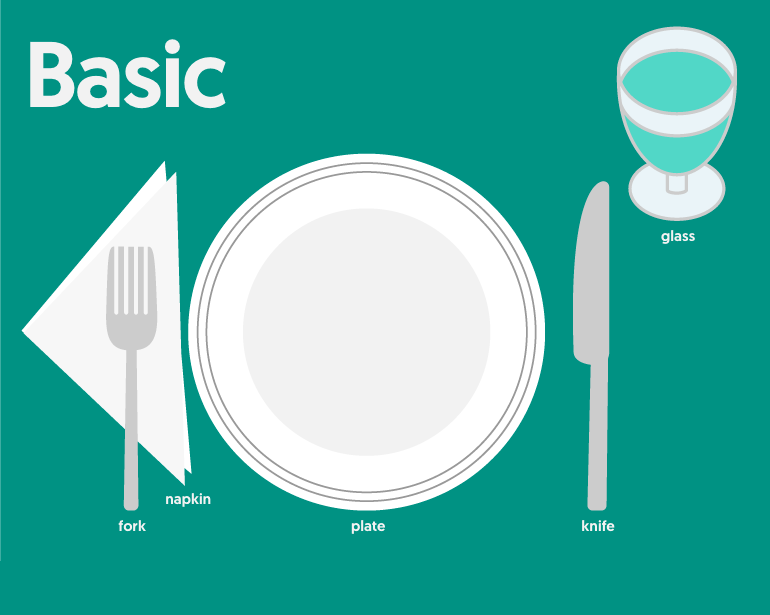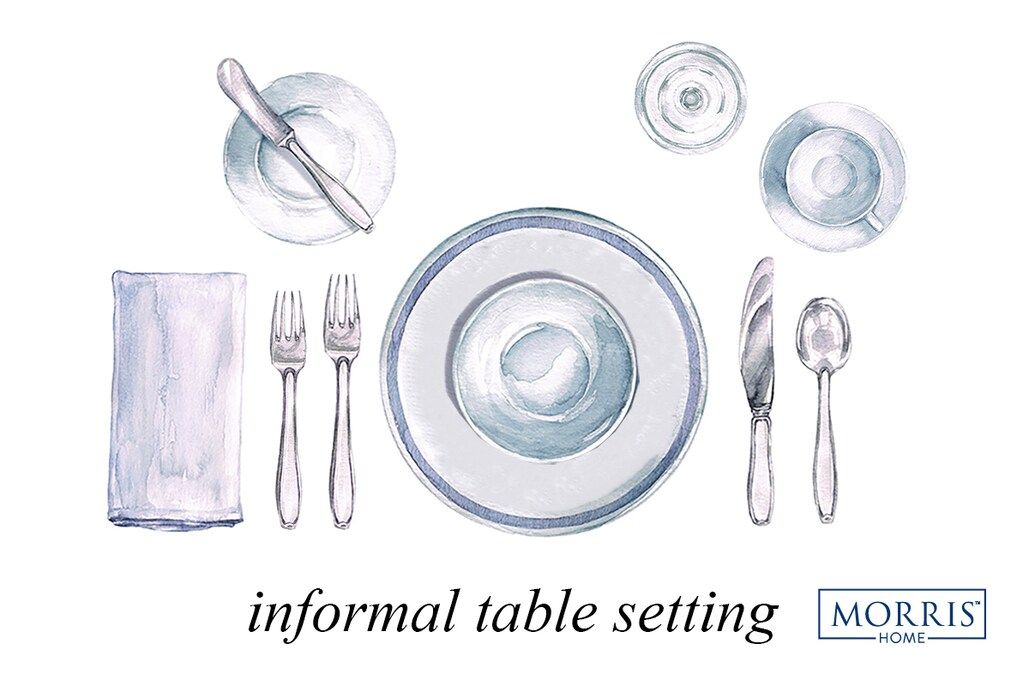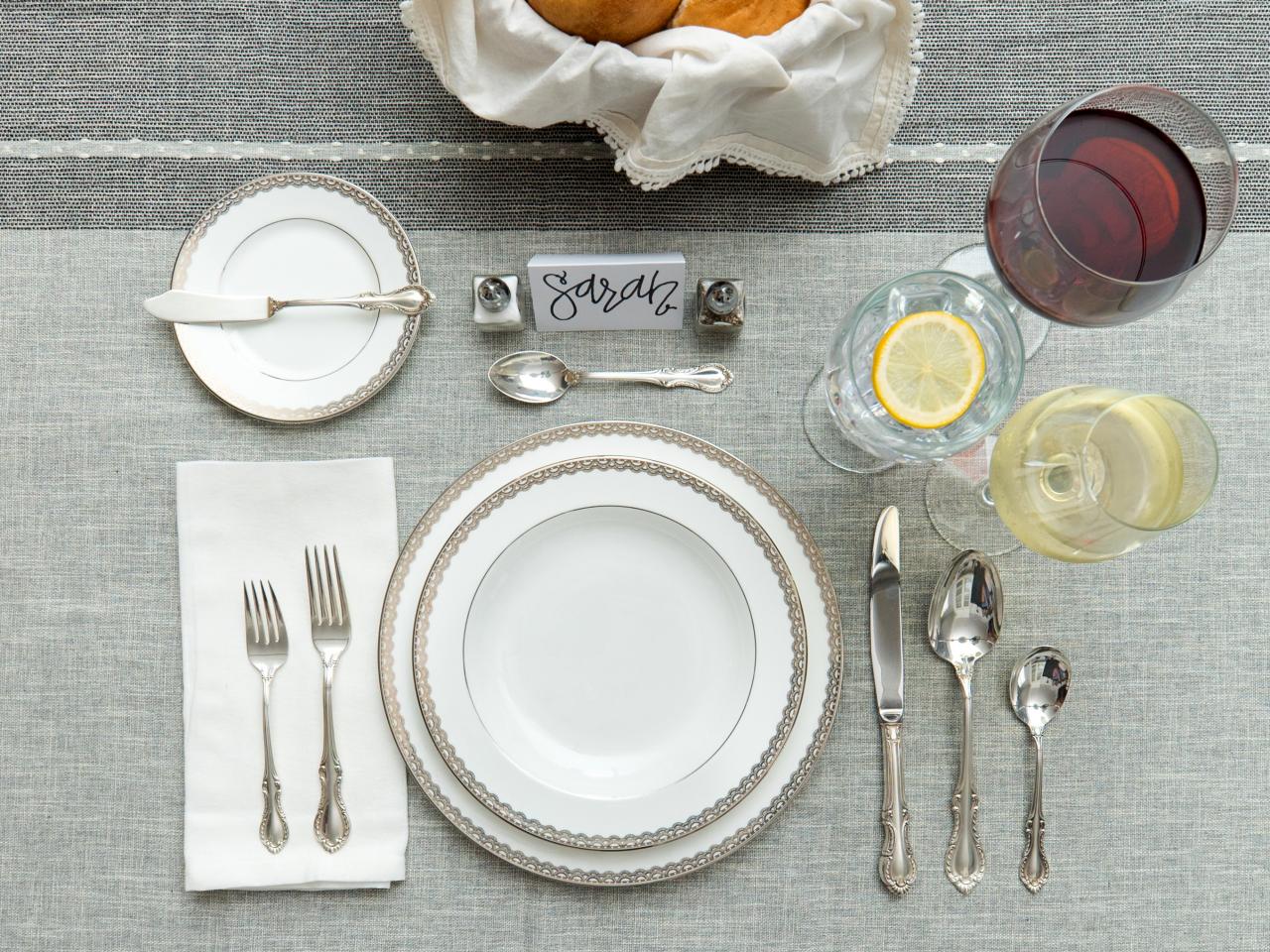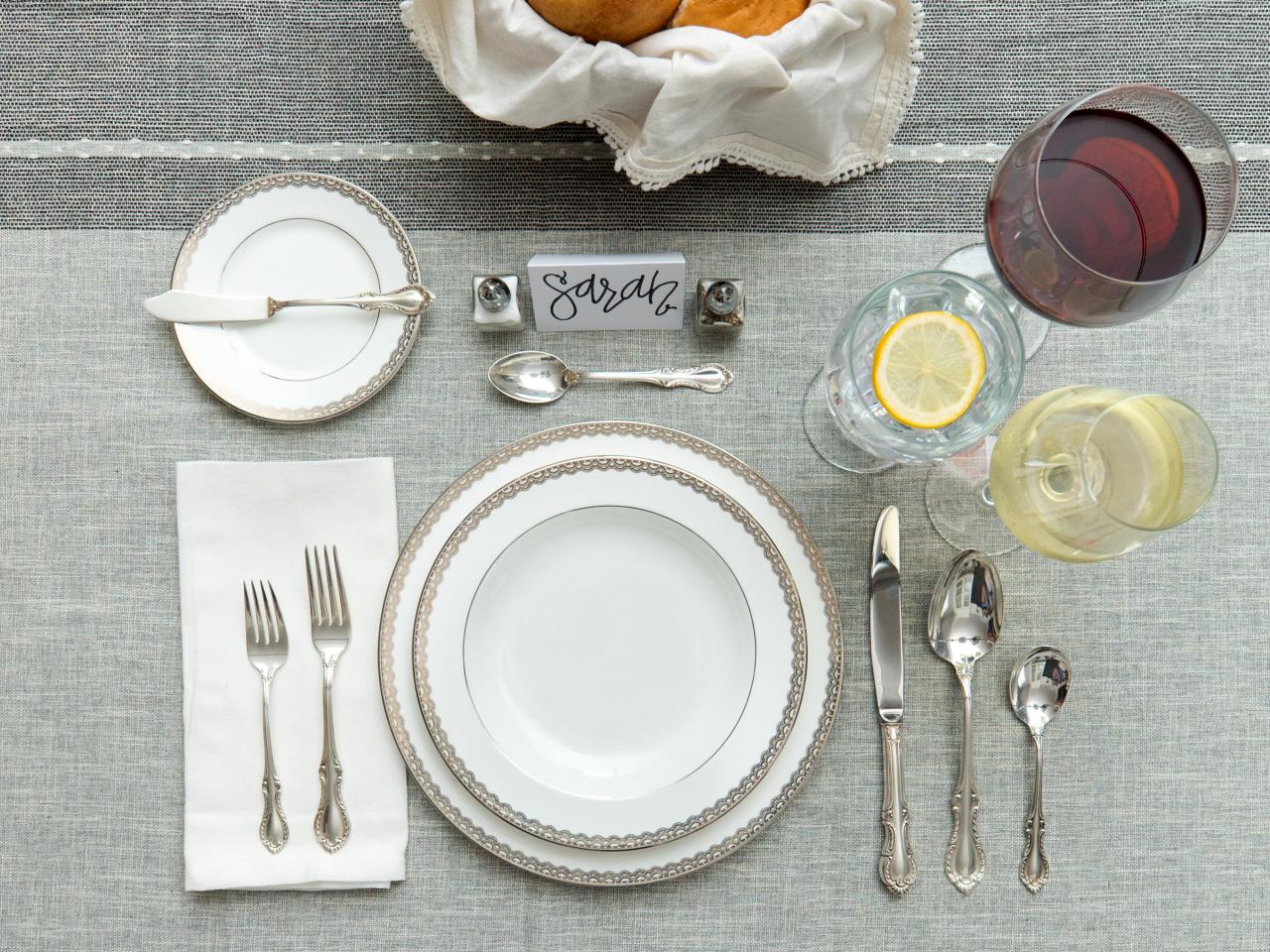We live in a time where everything we do leaves an impression on us, positive or negative - especially when entertaining! There is no doubt that etiquettes play a crucial role in dining and entertaining guests.
Setting the table for your guests is an art, indicating whether it will be a casual or formal dinner. Adhering to the proper table-setting guidelines might be overwhelming when organizing a party with your friends or family.
It's crucial to know how to arrange a table and to adhere to correct table arranging etiquette depending on the occasion. Let's review the various table setups.
Main Rules For Table Setting
When discussing proper table setting, we usually discuss the dinner setting as lunch often goes casual. However, when you have a formal or official lunch, you can follow the main rules depending upon the occasion to set the table.
● During the service, only the required utensils should be set out while avoiding the stuff that is of no use.
● Knives are always positioned with the cutting edge facing the plate and on the right-hand side of the dish.
● The distance between each serving spoon and the other at the bottom of the table should be about an inch.
● Normally, spoons are put on the right side of the dish; however, the dessert spoon is positioned directly above the service plate.
Types Of Table Setting
When it comes to table setting, we can categorize it into three types, those are: Basic table setting, informal setting and formal setting. Let's dig into each!
1. Basic Table Setting
A fork, knife, optional spoon, and napkin should be placed next to the plate as the minimum requirements for a basic table arrangement. For a decent basic table setting;

● Place the folded napkin two inches to the left of the dish and rest the fork on it as a general positioning guideline.
● Place the knife with the blade toward the plate and to the right of it.
● Place a spoon about one inch to the right of the knife.
● Place a water glass over the knife to complete this lovely table setting.
2. Informal Table Setting
You should use this style if you're hosting guests for holidays, dinners, or anything else. Similar to the basic setting, you may adjust it depending on your meal.

● Set the meal dish before a seat with the center down.
● The dinner fork should be placed closest to the dish on the left, followed by the salad fork on the left of the fork.
● It would help if you placed your teaspoon first to the knife's right, followed by the soup spoon.
● The knife should be placed close to the platter and it's right, with the blade towards the plate.
● To the top of the table's screen, a few inches above the knives and spoons set your water glass and any beer glasses you'll be using.
3. Formal Table Setting
The right formal table setting can go a far way in impressing guests. To prepare the ideal formal table, do the following:

● Remember to place a bread platter and knife just above the napkin for your visitors if you offer bread.
● Add a soup spoon next to the fork and a salad fork next to the spoon.
● Put a dessert spoon on top of the dishes.
● Be sure to have the proper glasses available when presenting a variety of wines.
● Place the dinner fork inside and the salad fork outside to the left of the charger. For larger settings, place the forks straight on the tablecloths in between the napkin and the plate instead of on the napkin.
The Bottom Line
Table setting plays a vital role in giving an impression, whether it is a formal or informal lunch or dinner. You cannot go all casual when you are supposed to be inviting guests for a formal dinner.We have discussed the main types of table settings in the simplest way, where all you should do is follow the right way to serve. It depends on you how to serve the platter in a different setting depending on the casual or formal occasion.

